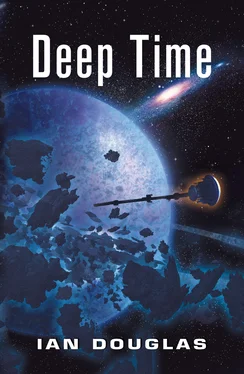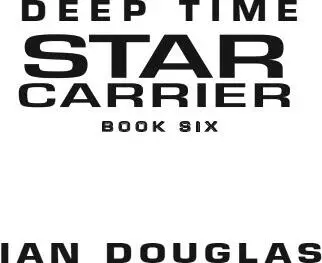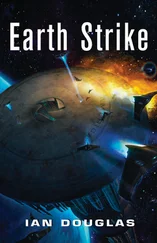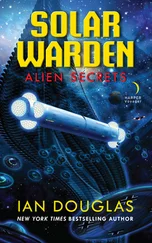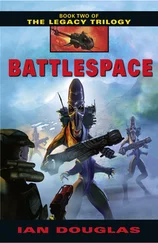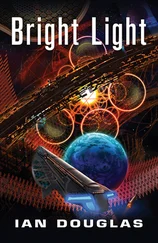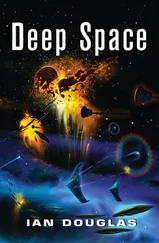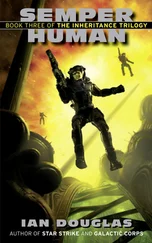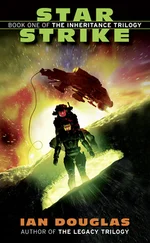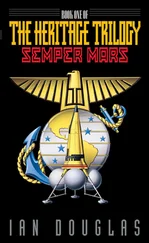Only too aware, now, of the deadliness of his deceptively quiet surroundings …
… Gregory stood up.
Despite being insulated by the surrounding vacuum, he could feel his shipboard utilities—which with helmet and gloves doubled as an emergency environmental suit—stiffening around him, could feel the cold as though it literally were seeping in.
Impossible, of course. Heat was escaping his body, not cold seeping in, but that was what it undeniably felt like. His feet … he couldn’t feel his feet anymore, and his legs were starting to burn.
He felt oddly tranquil, despite the pain, despite the sudden realization that he may have just made a serious mistake. The landscape was serene, dark, utterly silent. It would have been easy to step out of the ruin of his Starblade and onto that flat, rock-strewn plain. That step, he knew, would have been lethal.
He also felt heavy. The planet’s gravity was dragging at him with almost twice the pull of home. But he managed to stand up straight … and raise his arms.
Overhead, St. Clair’s fighter descended like an unfolding blanket … the alien robots encircling it at a range of thirty meters. The blackness descended on him, scooped him up, folded him in …
And Gregory screamed with pain.

Copyright Copyright Dedication Prologue Chapter One Chapter Two Chapter Three Chapter Four Chapter Five Chapter Six Chapter Seven Chapter Eight Chapter Nine Chapter Ten Chapter Eleven Chapter Twelve Chapter Thirteen Chapter Fourteen Chapter Fifteen Chapter Sixteen Chapter Seventeen Chapter Eighteen Chapter Nineteen Chapter Twenty Chapter Twenty-one Chapter Twenty-two Chapter Twenty-three Chapter Twenty-four Epilogue By Ian Douglas About the Publisher
Harper Voyager
An imprint of HarperCollins Publishers Ltd
1 London Bridge Street
London SE1 9GF
www.harpervoyagerbooks.co.uk
First published in Great Britain by Harper Voyager 2015
Copyright © William H. Keith, Jr 2015
Jacket layout design © HarperCollins Publishers Ltd 2015
Cover art by Gregory Bridges
William H. Keith, Jr asserts the moral right to be identified as the author of this work.
A catalogue copy of this book is available from the British Library.
This novel is entirely a work of fiction. The names, characters and incidents portrayed in it are the work of the author’s imagination. Any resemblance to actual persons, living or dead, events or localities is entirely coincidental.
All rights reserved under International and Pan-American Copyright Conventions. By payment of the required fees, you have been granted the non-exclusive, non-transferable right to access and read the text of this e-book on screen. No part of this text may be reproduced, transmitted, down-loaded, decompiled, reverse engineered, or stored in or introduced into any information storage and retrieval system, in any form or by any means, whether electronic or mechanical, now known or hereinafter invented, without the express written permission of HarperCollins.
Source ISBN: 9780007483792
Ebook Edition © May 2015 ISBN: 9780007483839
Version: 2015-04-23
Dedication Dedication Prologue Chapter One Chapter Two Chapter Three Chapter Four Chapter Five Chapter Six Chapter Seven Chapter Eight Chapter Nine Chapter Ten Chapter Eleven Chapter Twelve Chapter Thirteen Chapter Fourteen Chapter Fifteen Chapter Sixteen Chapter Seventeen Chapter Eighteen Chapter Nineteen Chapter Twenty Chapter Twenty-one Chapter Twenty-two Chapter Twenty-three Chapter Twenty-four Epilogue By Ian Douglas About the Publisher
For Deb, and, as ever, for Brea
Contents
Cover
Title Page
Copyright
Dedication
Prologue
Chapter One
Chapter Two
Chapter Three
Chapter Four
Chapter Five
Chapter Six
Chapter Seven
Chapter Eight
Chapter Nine
Chapter Ten
Chapter Eleven
Chapter Twelve
Chapter Thirteen
Chapter Fourteen
Chapter Fifteen
Chapter Sixteen
Chapter Seventeen
Chapter Eighteen
Chapter Nineteen
Chapter Twenty
Chapter Twenty-one
Chapter Twenty-two
Chapter Twenty-three
Chapter Twenty-four
Epilogue
By Ian Douglas
About the Publisher
“What the hell is that?”
“Dunno, Control,” replied the voice from Kapteyn Orbital. “It … it just popped up on our screens out of nowhere. It’s coming in fast … almost a half c . It’s—”
Commander Gerwin Dressler flinched as the projected holoscreen floating above his workstation lit up with an intense blue-white light. Something had just slammed into the research platform orbiting the local star at half the speed of light, converting five thousand tons of metal, ceramics, plastic, and organic crew members into a rapidly expanding cloud of hot plasma.
The base AI was saying that the object was in fact a diffuse cloud of particles, a cloud many astronomical units across and massing trillions of tons. There was other stuff in there, too, though … enigmatic structures, half-glimpsed constructions, things large and inexplicable shrouded within the particulate cloud.
And that cloud would be reaching Heimdall in seconds.
With a thoughtclick, Dressler sounded the base alarm.
“What is it?” the voice of Captain Roessler said in his head. He sounded groggy; it might be high noon local time, but by the base clocks, set to Greenwich Mean Time and measuring days and nights convenient to human biology, it was the wee hours of the morning.
“We’ve just lost Kapteyn Orbital, sir,” Dressler replied. “Here’s the data …”
“The Americans ?”
“No, sir. Something … something else.”
Something very else .
He waited as the station’s commanding officer reviewed the scant data transmitted from the orbital. God, the sky outside was so beautiful …
The dome housing the base command and control center was set to project the view outside at the moment, showing a sky—deep blue to brilliant violet—dominated by the immense curve of the gas giant, Bifrost. Kapteyn’s Star, an M1.5 red dwarf less than a third the mass and radius of Sol, shone almost directly overhead. At a distance of 3.5 AUs, Kapteyn’s Star was shrunken to little more than a bright red pinpoint. Sharp eyes could distinguish its disk, but the much closer gas giant commanded the eastern sky at the moment, currently at half phase. The bands and swirls of pale brown, salmon, and white sweeping up from the glaciers on Heimdall’s horizon to the curve of Bifrost’s limb were clearly visible. Phantasmagorical aurorae circled the gas giant’s poles to either side and were answered by the dancing curtains of light across Heimdall’s northern sky.
Heimdall was a moon of Bifrost, circling its mammoth primary at a distance of just over 600,000 kilometers once every three days. Tidal interactions with the giant warmed Heimdall’s surface far more than did the wan and feeble sun.
God, he thought again. He could see the flare marking the death of Kapteyn Orbital with his unaided eye, a smear of white light bisected by the rim of Bifrost’s horizon. Automatically, he plotted the explosion’s position against the background stars, and the result chilled him.
Читать дальше
